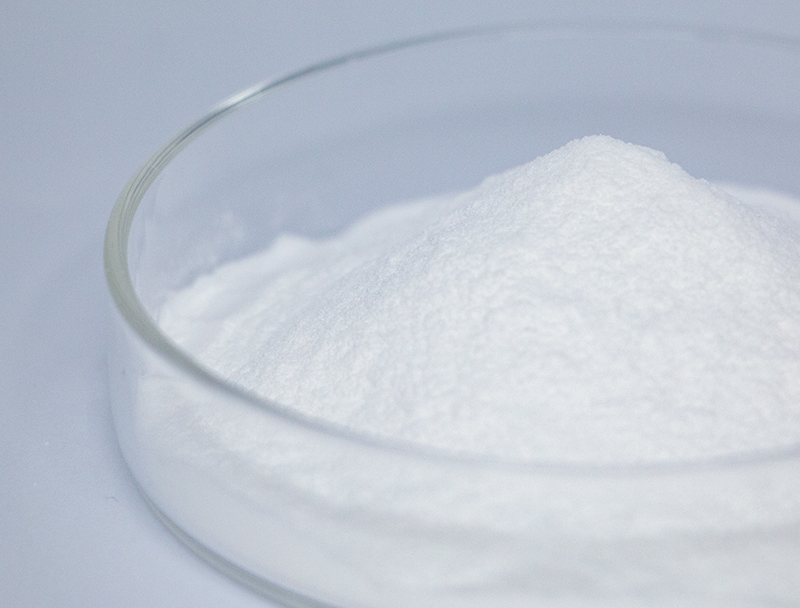
Large-scale bioproduction hinges upon a substantial range of feedstocks to create novel bio-derived items.
Securing ethical acquisition of feedstocks forms the foundation of durable, responsible industrial growth.
diverse obstacles inherent in legacy sourcing approaches including biodiversity loss and excessive resource use. Therefore, biomanufacturing companies must actively seek out alternative sourcing strategies to minimize their ecological footprint.
- Representations of ethical supply approaches are:
- Utilizing renewable feedstocks derived from agricultural byproducts
- Operating reuse-focused platforms to lower discard and increase efficiency
- Aligning with domestic providers that adhere to transparent sourcing
This shift towards sustainable raw material sourcing is not only environmentally beneficial but also economically viable in the long run.
Advancing Biomass Preparation for Elevated Biofuel Production
Advancing fuel production depends on feedstock consistency and composition. Experts maintain efforts to discover ways to maximize feedstock value, yielding greater biofuel outputs and greener energy prospects. Strategies feature genetic optimization to raise biomass yield plus pretreatment to depolymerize plant polymers into sugars.
- Similarly, research probes algae, byproduct streams, and harvest remnants as potential sustainable sources to augment biofuel feedstocks.
- With persistent development the field will likely demonstrate notable gains that foster a more sustainable energy system.
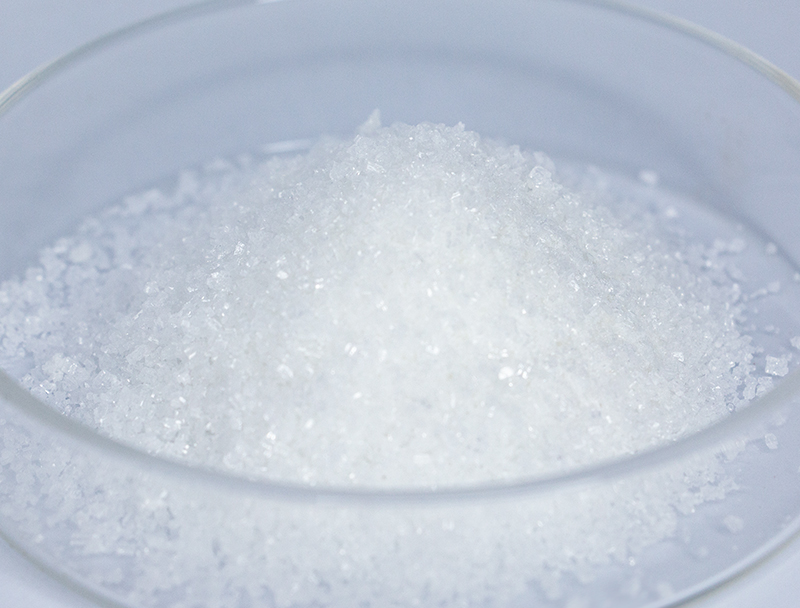
Next-Generation Upstream Methods in Biopharmaceuticals
comprises front-end procedures like culture expansion and cell retrieval Contemporary breakthroughs have refined protocols and elevated product throughput.
Key advancements include the utilization of novel cell lines, optimized culture media formulations, and intelligent bioreactor designs. These developments raise yield and cut costs as well as diminish environmental consequences.
- Similarly, continuous process trends grant superior flexibility and refined control across production stages.
- This move toward intelligent production systems is expected to reshape the industry and hasten drug development.
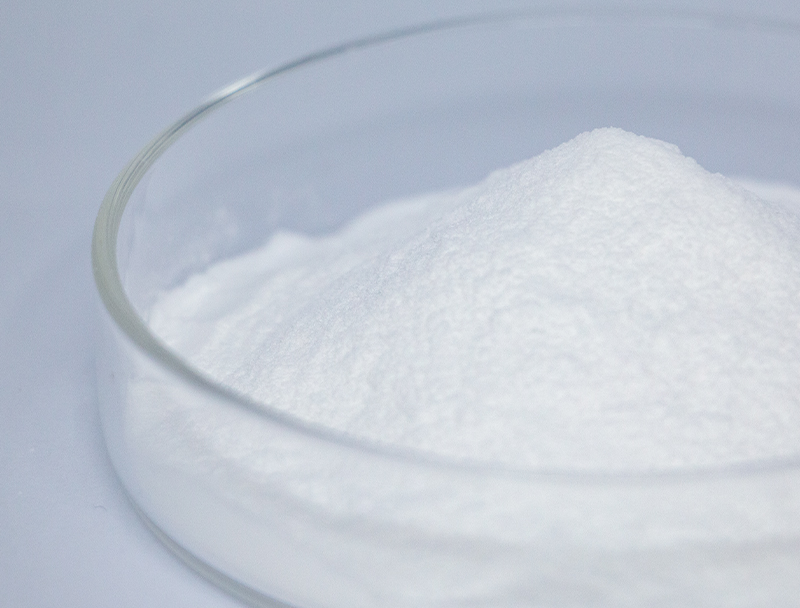
Innovations in Gene Editing for Improved Biopharmaceutical Yield
evolutions in genetic modification techniques have optimized therapeutic biosynthesis. With exact genomic alterations, researchers improve host productivity for therapeutic manufacture. This approach holds immense potential for developing more efficient and affordable biopharmaceuticals to address a wide range of diseases.
Using Microbial Systems for Site-Specific Remediation
cutting-edge microbial approaches that remediate contamination sustainably. Specialized microbes can enzymatically degrade pollutants to reduced-toxicity products.. Applying microbial remediation systems creates low-impact cleanup options that address contamination efficiently.. Laboratories test microbial species for efficacy against metals, pesticide pollutants, and oil-related contamination. Microbial strains work in bioreactor settings or on-site applications to convert pollutants through biological pathways..
Microbe-based remediation provides compelling advantages over standard remediation methods. It is a cost-effective and environmentally friendly approach that minimizes the generation of harmful byproducts. In addition, microbial approaches enable pollutant-specific treatment without broad ecological disruption. Ongoing innovation aims to boost the throughput and efficacy of microbe-driven remediation approaches.
Digital Methods Accelerating Pharmaceutical Discovery
Computational tools have grown indispensable in the current drug discovery landscape. By integrating diverse datasets, bioinformatics enhances candidate identification and therapeutic optimization.
- By analyzing vast datasets of genomic, proteomic, and clinical data, bioinformaticians can uncover novel drug targets and predict the activity of potential therapeutics.
- Additionally, simulation tools enable prediction of binding and activity, guiding creation of more potent drugs.
- In summary, bioinformatics overhauls pharmaceutical R&D and quickens the path to safe therapeutics for patients.
Metabolic Design Approaches to Boost Bioproduct Yields
uses diverse methods to increase biosynthesis of target bioproducts in organisms. Approaches may include genome edits to rewire pathways, transcriptional control to tune expression, and heterologous gene insertion to add functions.. Through careful adjustment of metabolic routes engineers can markedly elevate product titers.
This broad strategy is positioned to innovate sectors including pharmaceuticals, crop science, and bioenergy.
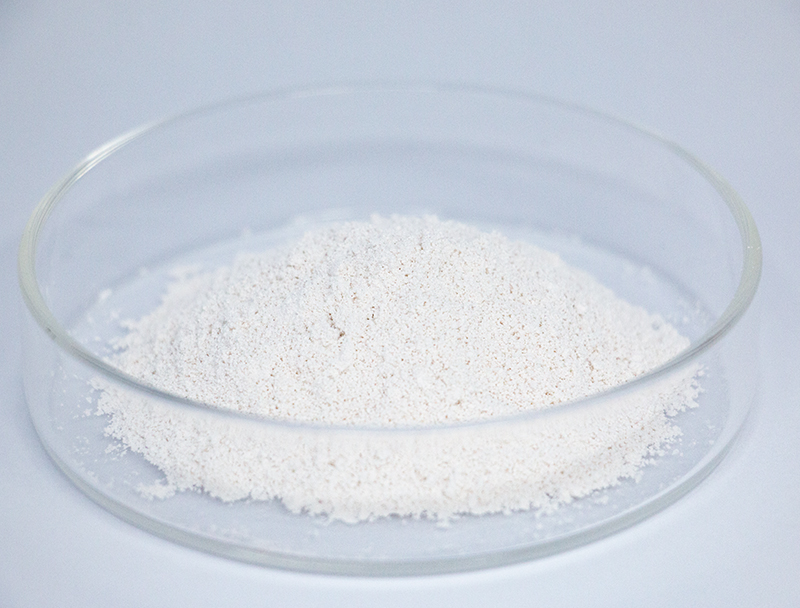
Challenges and Opportunities in Scaling Up Biopharmaceutical Production
Industrial-scale production introduces demanding hurdles as well as strategic advantages. Retaining quality standards during scale enlargement is a core difficulty. Overcoming this requires advanced process control, continuous monitoring, and sensitive analytical platforms.
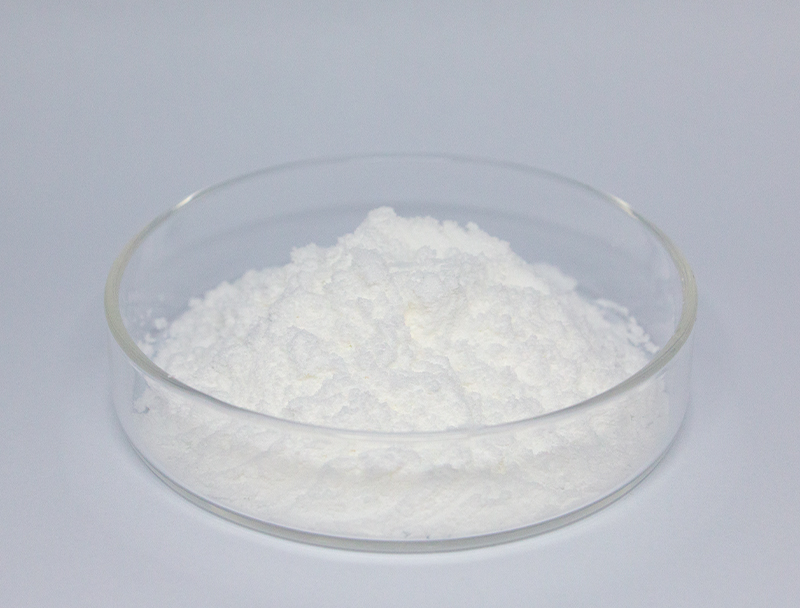
A further difficulty lies in process complexity, with many interdependent production phases.. Reengineering workflows for mass production involves rigorous R&D and inventive technology deployment.. Even so, the payoff can be large. Successful scaling up can lead to increased access of life-saving therapies, reduced production costs, and enhanced profitability.
Multiple programs focus on resolving scale-up difficulties. Efforts include process-digitization tools, integrated analytics for monitoring, and fresh manufacturing paradigms.
- Product development and process R&D are pivotal to boosting production capabilities.
- Regulators are adapting frameworks to speed authorization of novel manufacturing approaches and spur innovation.
Regulatory Strategies for Biopharma Compliance and Patient Protection
Manufacturing biopharmaceuticals entails detailed regulatory processes to copyright safety and clinical performance. Biologic therapeutics bring unique regulatory and manufacturing demands unlike traditional pharmaceuticals.
Organizations like the FDA and EMA provide essential guidance and set standards for authorizing novel biotherapeutics..
Stringent experimental and surveillance testing occurs across the entire development-to-market continuum. Those requirements help reveal risks and confirm that biologics satisfy stringent safety criteria..
Concurrently, regulatory organizations fine-tune methods to remain compatible with quick scientific advancements. Efforts comprise L-Carnosine integrating cutting-edge tools and easing development pathways while upholding patient safety.

Plant-Derived Feedstocks as a Route to Sustainable Bioplastics
Increasing interest in sustainable materials spurs innovation in renewable resource development. Among these, bioplastics, produced from plant-derived biomass feedstocks, offer a promising avenue towards a greener future. Biomass sources such as cornstarch, cellulose, and sugarcane are usable to produce plastics that biodegrade and reduce ecological impact.
Additionally, many plant-based bioplastics show performance characteristics similar to conventional plastics for numerous uses.. Continuous R&D will drive plant biomass into scalable bioplastic manufacture and help establish closed-loop material systems.
Emerging Biotech Solutions for Health and Food Security
Biotech innovations hold promise to dramatically impact health and the reliability of food systems. By harnessing genetic engineering, synthetic biology constructs, and advanced cell therapies, technologists deliver capabilities to reduce disease burden, raise crop outputs, and increase food value. A concrete example includes modified crops engineered for pest and stress tolerance that yield more while decreasing pesticide needs. Similarly, biotech contributes advanced vaccines, antimicrobial strategies, and diagnostic techniques crucial for infectious disease management and health advancement.. As research progresses, biotechnology holds immense promise for creating a healthier and more sustainable future for all.
